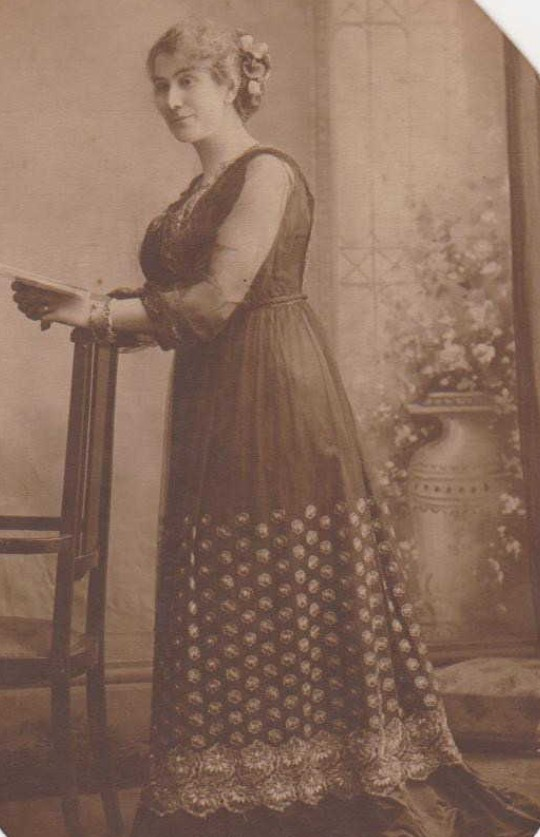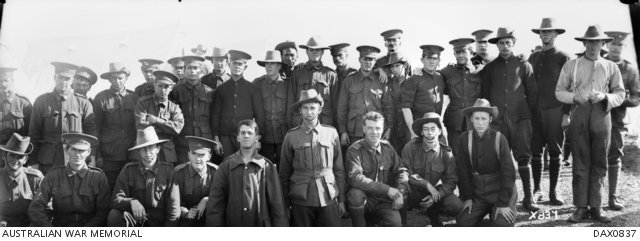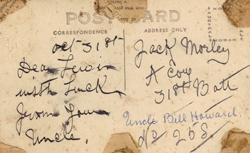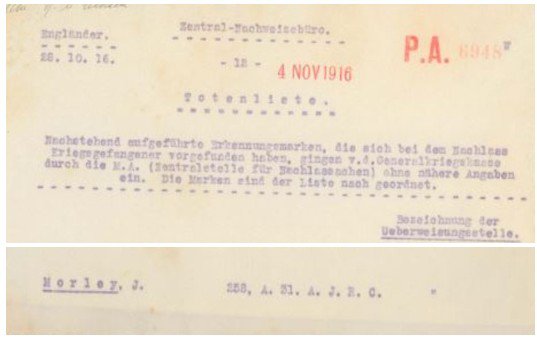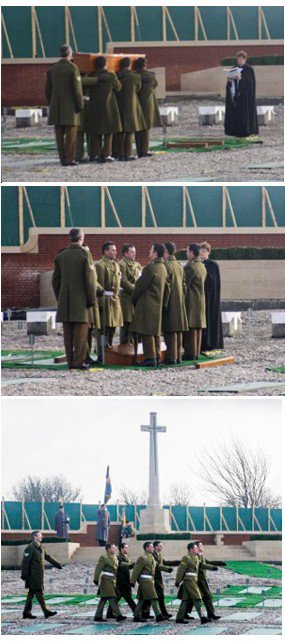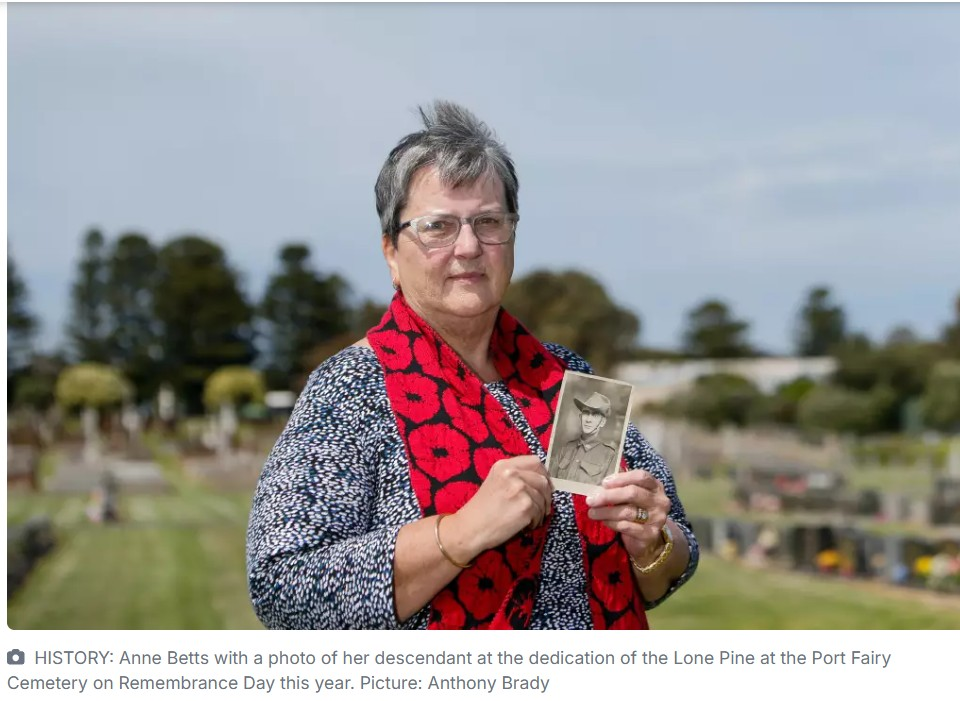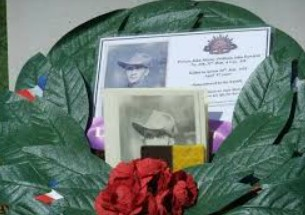William John HOWARD
Eyes grey, Hair iron grey, Complexion dark
Brave Jack Morley: The Story of William John Howard
With thanks to Anne Betts for her contribution to this story.
Early Life
William John Howard, known as Jack, was born on 11 December 1868 in Yambuk, Victoria, the third youngest child of William John Howard (1832–1877) and Sarah Payne Baseden (1835–1900). In 1872, when Jack was just four years old, his father lost his position as manager of Yambuk Station. The family relocated to Colac, hoping to stay near Sarah’s extended family. But not long after, William Sr. left, and was never heard from again. His mother, Sarah, raised the children alone, moving them to Echuca, where she worked as a midwife and teacher to support the family.
He was doted on and spoiled by his older sisters and mother.
William was one of eight surviving children:
- Esther Rose Howard (1858–1895), married Thomas Edwin Monaghan
- Mary (May) Howard (1860–1928), married Henry John Benn
- William Griggs Howard (1862–1862), died in infancy
- Fanny Ettie Howard (1863–1889)
- Emily Elizabeth Clara Howard (1864–1949), married William Rudolf Carroll (von Wolfkarl)
- Caroline Rose Howard (1867–1955), married William Lewis Smyth
- Sarah Payne “Clara” Howard (1871–1925), married Samuel Hugh George (div.), then Francis Bone
- Frederick Thomas Howard (1873–1960), married Ellen Lily Lesue
Family stories recall a quiet, kind-natured boy. Jack received little formal education but later trained in Melbourne as a painter, serving a five-year apprenticeship under a Mr Wilson. After completing his training, he headed north and spent many years working as a farmhand, drover, and stockman. He was known as a capable horseman, often employed on rural properties throughout Victoria and New South Wales.
By 1915, Jack was living in South Woodburn, on the Richmond River in northern NSW, working for Mr James Palmer. He was single, had no children, and had long since left Melbourne behind. Australia was calling for volunteers, but Jack was already 46 years and 6 months old — over the enlistment age of 45. Unwilling to let that stop him, he took matters into his own hands. On 15 July 1915, he enlisted in Brisbane under the name John (Jack) Morley, claiming to be 44 years old and born in Calcutta, India.
“He was just one of those blokes who had to go. He didn’t have to – he was overage and had no dependents – but he felt it was his duty.”
Anne believes that before he left, William confided his secret to one person — his younger sister, Clara:
“He told his younger sister – something important before he left. We believe he told her he had changed his name.”
Off to War
After enlisting as John Morley on 15 July 1915, Jack was posted to A Company of the newly raised 31st Battalion. The unit was made up of recruits from Queensland and Victoria and would become part of the 8th Brigade, 5th Division AIF. Jack and the other Queensland enlistees travelled south by train, reaching Broadmeadows Camp in Melbourne in late July. Here they met their Victorian counterparts, and together began their initial training.
Broadmeadows was already packed with new units in various stages of preparation, and conditions were basic — dusty in the dry, muddy in the wet. The men were issued uniforms, attended route marches, musketry drills, bayonet practice, and discipline parades. For Jack, aged 46 and not long off the land, the physical demands must have been considerable.
Despite this, he appears to have settled in well. During these weeks, he had a formal portrait taken in uniform and posted it to his nephew Lewis Smyth. On the reverse, in steady handwriting, he wrote “Dear Lewis, With Luck. From your Uncle Jack Morley. No. 258, A Coy, 31st Batt.”.
In early November 1915, the battalion embarked from Melbourne aboard HMAT Wandilla. They sailed via Albany and Colombo, arriving in Suez on 7 December. Disembarking at the Egyptian port of Zeitoun, the 31st Battalion moved to Ferry Post camp near Ismailia, along the banks of the Suez Canal. The weeks in Egypt were spent in further training under harsh desert conditions — hot days, cold nights, wind-blown sand, and occasional outbreaks of illness. Soldiers manned defensive outposts along the canal and undertook company field exercises.
The training schedule was demanding, and for older men like William, it would have been both physically and mentally taxing. On 23 April 1916, William was noted in battalion records as being “improperly dressed on parade (unshaven).” Captain G.G. Robertson awarded him one extra guard duty.
The Australian divisions in Egypt underwent reorganisation in early 1916, and in June the 31st Battalion was notified they would be sent to the Western Front. They departed Alexandria on 16 June aboard HMT Hororata and disembarked at Marseilles a week later, on 23 June. From Marseilles, the battalion endured a 60-hour train journey north through the French countryside, packed tightly into cattle trucks marked “Hommes 40, Chevaux 8.”
They arrived at their billets near Hazebrouck in late June, and for the first time, the men of the 31st were within marching distance of the front. Settling into the Fleurbaix sector, the 8th Brigade relieved the 4th Australian Division in early July. The 31st Battalion rotated through trench systems for orientation — learning the layout, handling trench stores, and adjusting to the constant presence of German artillery.
New sounds, new smells, and the closeness of the enemy made it clear, this was not Egypt. This was war. The men trained for a planned offensive, undertaking rehearsals in reserve and constructing replica trench systems behind the lines. Artillery fire became a daily occurrence, and German aircraft were frequently seen over the lines. The terrain was flat, muddy, and exposed — the same Flanders clay that would bog down countless advances to come. By mid-July, the battalion knew a major assault was imminent. Morale was mixed. Some men wrote home with confidence, others sensed the scale of what lay ahead. The bombardment began on 16 July and intensified over the following days.
The Battle of Fromelles
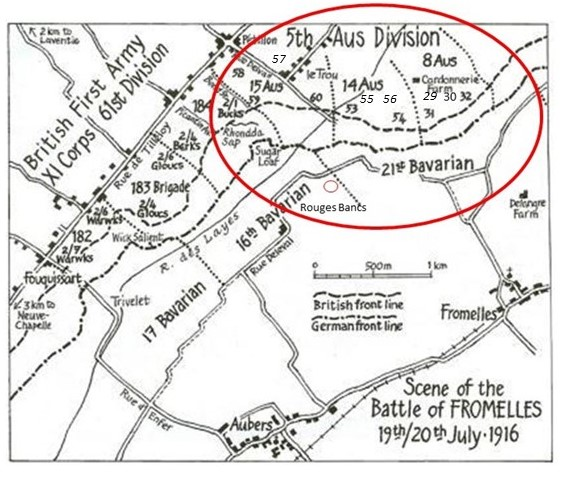
In July 1916, the men of the 31st Battalion, found themselves in the trenches of northern France, preparing for their first major battle on the Western Front. Many came from rural Queensland and Victoria—farmers, labourers, clerks, miners, and tradesmen—united by duty but unaware of the catastrophe that awaited them at Fromelles. Even before going over the top, disaster struck. German artillery heavily shelled the 31st Battalion’s lines, destroying their ammunition and bomb dump. Around 400 men—nearly half the battalion—were wounded or killed before the assault even began. The same bombardment hit battalion headquarters, wounding signallers, orderlies, and medical staff, further complicating communications.
“During the few minutes immediately preceding the assault, the fire upon this sector, largely from German batteries to the north-east, was intensified. Thus a high proportion of the total casualties of the 31st Battalion occurred before the assault began.”
At 5.58 PM on 19 July, the attack commenced. A and C Companies led the first two waves, followed by B and D Companies. The preliminary bombardment had damaged the German front line sufficiently for many in the leading waves to enter the trenches, but confusion quickly took hold. German counter-attacks and machine-gun fire from the flanks inflicted heavy losses, especially as men attempted to cross open ground.
“Major Clements and Captain MacPherson wounded. Am in bent position under Captain Mills in drain 200 yards (in) front of enemy’s front line trenches. Own shrapnel hitting us and enemy finding range. Digging in.”
Lieutenant-Colonel Toll personally advanced to the front line to assess the situation. He sent back urgent pigeon messages, reporting that he could hold the captured German trench—if reinforcements were sent quickly. None arrived. Throughout the night of 19–20 July, isolated groups dug in where they could under relentless fire. Some managed to reach the German second line, but lacking bombs and ammunition, they could not hold it. With communications severed and flanks exposed, German forces counter-attacked by morning. Orders were eventually issued to withdraw:
The enemy swarmed in and the retirement across No Man’s Land resembled shambles, the enemy artillery and machine guns doing deadly damage.
Private Jack Morley (William John Howard) was among those reported missing in the aftermath. The German death list dated 4 November 1916 confirmed his fate, and his identity disc was later returned via Geneva. A note added to his service record read:
“Buried Fleurbaix, Sheet 36 NW. Cert. by Captain Spedding’s List.”
Source: AWM Red Cross Wounded and Missing File – John Morley
He was one of several 31st Battalion men recorded on that same map reference, alongside Corporal Haslem Kendall, CSM Harold Woodman, and Private Henry Victor Willis who were later identified at Pheasant Wood.
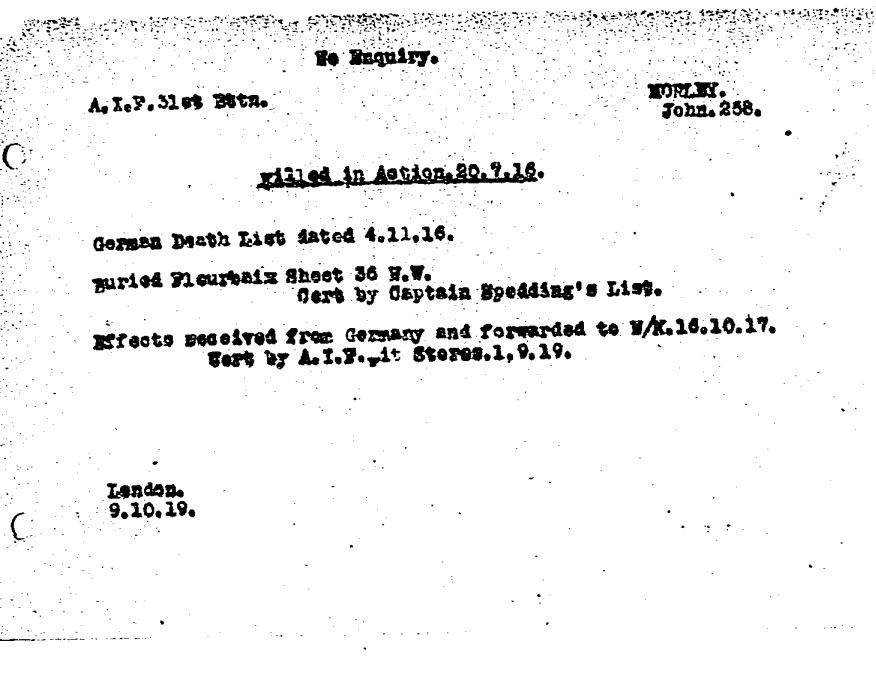
After the Battle
Jack was listed as missing in action following the disastrous assault at Fromelles. For many weeks, his fate was unknown. Then, in November 1916, his name appeared on a German death list received by the British Red Cross Wounded and Missing Bureau. The entry read simply:
“Identification marks found on the Prisoner of War are inspected by the General War Bureau and shown in the lists as under: DEAD.”
His identity disc was recovered and returned from Germany via Geneva on 24 February 1917. In October 1917, his personal effects were forwarded from Germany via London to his nominated next of kin, Mr. J. Palmer of South Woodburn. These included a religious medallion and locket — but some items were notably missing. Jack’s brother, Frederick Thomas Howard, later wrote to authorities stating that Jack had also had upon him the following:
“A small gold locket with his mother’s photo enclosed in it, and one gold ring with two clasped hands, which he usually wore.”
Neither the locket with his mother’s photo nor the ring was ever recovered. Frederick also advised that although Mr. Palmer had originally been listed as next of kin, Jack had changed this while serving in Egypt. A note in the pay book — now lost — reportedly named Frederick as both next of kin and beneficiary. The matter was reviewed by the Public Curator’s Office, which wrote in 1917:
“Mr. Howard has forwarded letters which go to show that the deceased made a will in his pay book in Mr. Howard’s favour... The letters refer to the fact that the soldier had appointed Mr. Palmer, but apparently had had the name changed.”
In 1921, Frederick Howard provided a formal declaration confirming Jack’s true identity:
“The late Pte J. Morley, No. 258, was my brother and his correct name was W. J. Howard. His mother and father have been dead for a number of years. He was never married, so he told me before he left here for overseas. I am his only surviving brother.”
While his brother was trying to locate missing personal items, his sister Clara inserted a touching tribute in the newspaper, commemorating their mother Sarah, her two sisters and Jack together:
“…also my dear brother, William, killed in action on the 19th July, 1916, near Fleurbaix, France, aged 47 years.”
Greater love hath no man than this,
that he lay down his life for his friends.
Some time, some day my eyes shall see
The faces I hold in memory,
And God shall link the golden chain
Still closer when we meet again.
Inserted by her daughter and sister, Clara
Jack’s burial location remained unknown for decades. Then in 2009, a mass grave was uncovered behind German lines at Pheasant Wood. It contained the remains of 250 soldiers buried after the battle. In 2010, DNA testing confirmed his identity. His remains were reinterred with full military honours at the Fromelles (Pheasant Wood) Military Cemetery.
Finding Jack
For ninety-three years, Jack’s grave remained unknown. Though his identity disc had been returned from Germany and records confirmed his death, his body was unaccounted for — buried far from home, under another name, with no headstone to mark his place. That changed in 2009, when a mass grave was discovered at Pheasant Wood, near Fromelles. It held the remains of 250 British and Australian soldiers who had been hastily buried by German troops after the battle. Among them was Jack.
Through a combination of archaeology, forensic anthropology, historical research and DNA testing, Jack’s identity was finally restored. He was one of the first group of soldiers to be positively identified in 2010. Jack was reburied with full military honours at the Fromelles (Pheasant Wood) Military Cemetery, in Plot IV, Row E, Grave 3.
His name — long hidden under the alias “Morley” — now also appears on his headstone as W J Howard, and his family stood beside it when he was laid to rest. His family—including great-great-grand-nieces Anne and Helen—travelled to France for the official dedication ceremony on 19 July 2010, 94 years after the battle. It was a solemn and historic event, attended by Prince Charles, Governor-General Quentin Bryce, and thousands of descendants and dignitaries. Anne read a poem she had written for the occasion titled “Brave Jack Morley”, restoring both his name and his place in history.
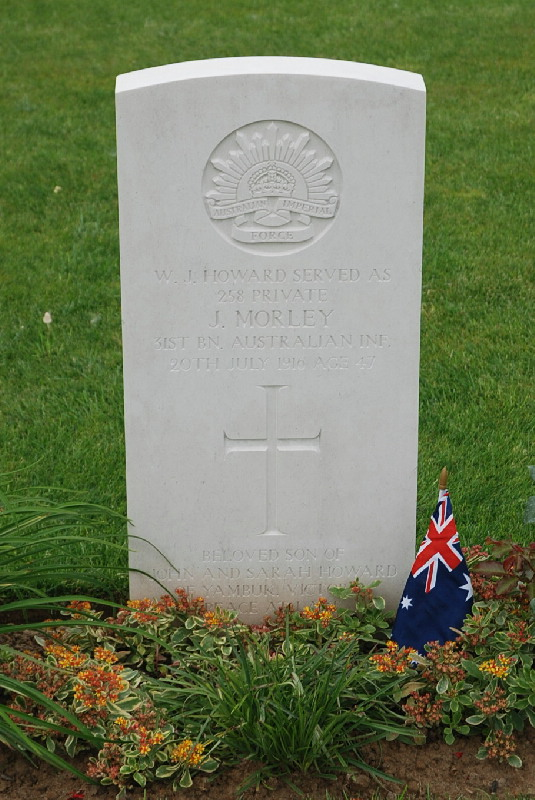
The inscription reads
W. J. HOWARD
SERVED AS258
PRIVATE J. MORLEY
31ST BN. AUSTRALIAN INF.
20TH JULY 1916 AGE 47
BELOVED SON OF
JOHN AND SARAH HOWARD
YAMBUK, VIC.
PEACE PERFECT PEACE
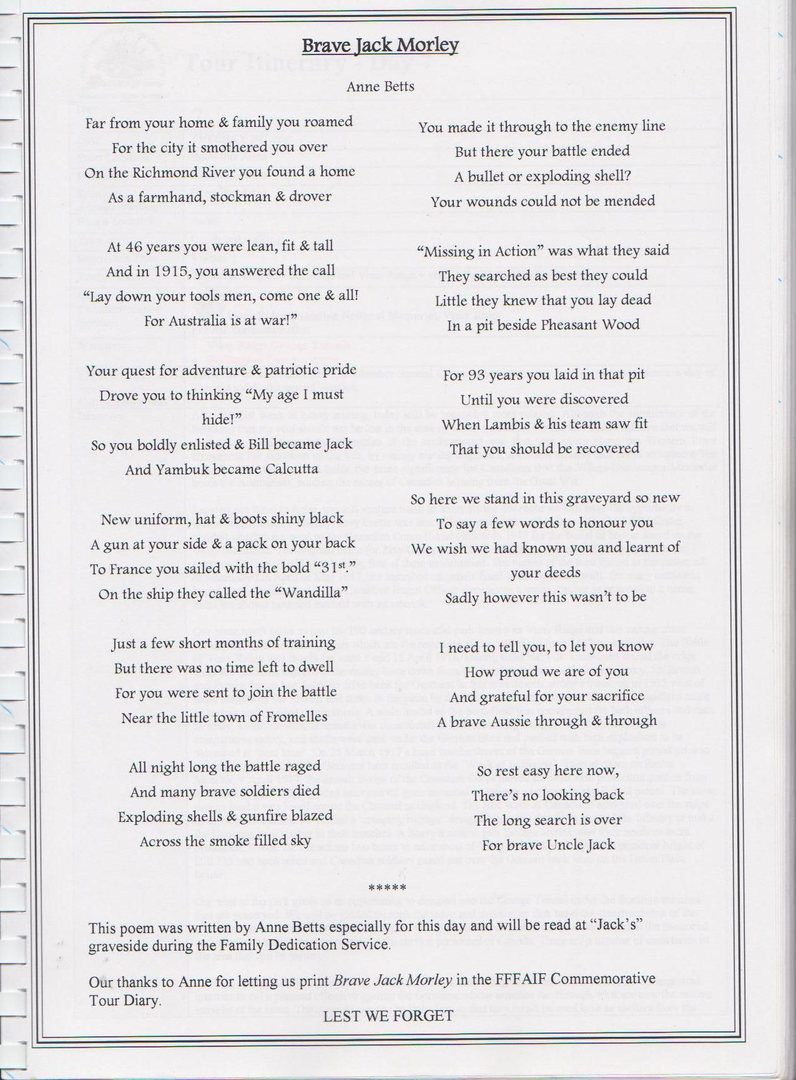
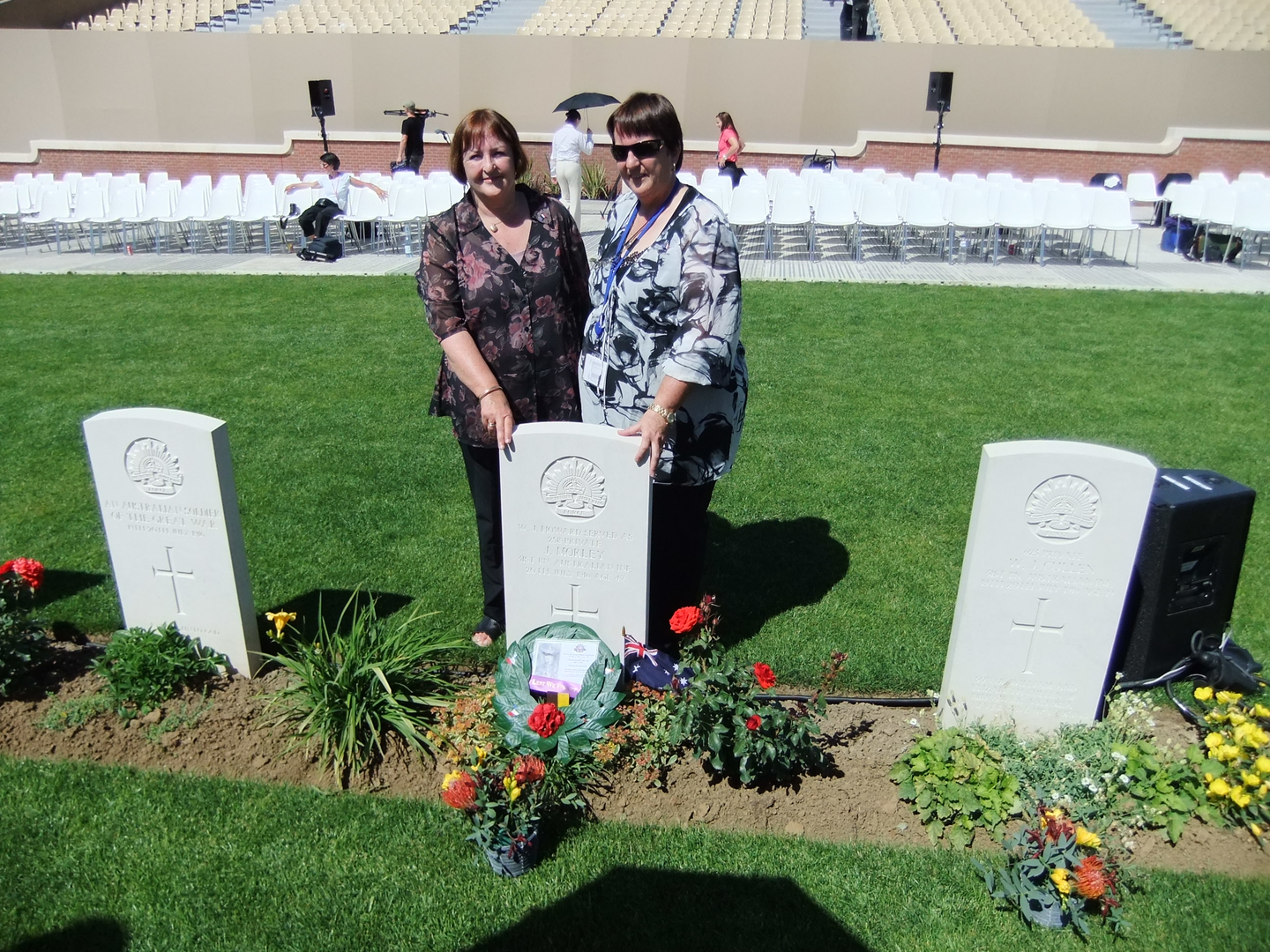
Anne reflects fondly on the process:
“We will be forever grateful to all who were involved in the recovery and identification of Our Uncle Jack.”
Jack is also commemorated at:
- Australian War Memorial, Canberra – Roll of Honour Panel 118 (under “Morley, J.”)
- Woodburn Roll of Honour, New South Wales
- Previously commemorated at VC Corner Australian Cemetery Memorial, Fromelles (prior to identification)
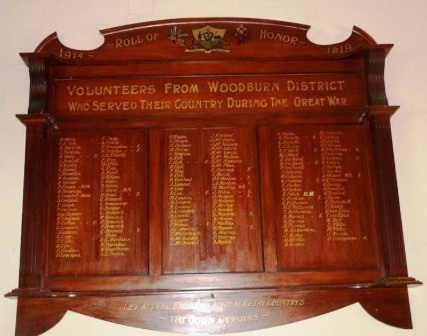
His name lives on—no longer missing, no longer forgotten.
For nearly a century, Jack Howard was listed as missing, one of the many Australians with no known grave after the Battle of Fromelles. But in 2010, his identity was confirmed through DNA, and he was laid to rest at Pheasant Wood under his real name. His family finally had answers. Today, Jack’s name is no longer lost. He is remembered—by his relatives, on his headstone, and in the records that now tell his full story.
Family Tree
| Soldier | William John Howard (1870–1916) | Served as Private J. Morley (258), 31st Battalion |
| Parents | John Howard (1824–1898), Sarah Payne (1828–1912) |
| Siblings | Esther Rose (1858–1895) married Thomas Edwin Monaghan | ||
| Mary (1860–1928) married Henry John Benn | |||
| William Griggs (1862–1862) | |||
| Fanny Ettie (1863–1889) | |||
| Emily Elizabeth Clara (1864–1949) married William Rudolf Carroll | |||
| Caroline Rose (1867–1955) married William Lewis Smyth | |||
| Sarah Payne (1871–1925) married Samuel Hugh George; later Francis Bone | |||
| Frederick Thomas (1873–1960) married Ellen Lily Lesue |
| Grandparents | |||
| Paternal | William Howard and Maria Smith | ||
| Maternal | William Griggs Baseden (1803–1875) and Esther Payne (1807–1865) |
The Fromelles Association would love to hear from you

Contacts
(Contact: carla@fromelles.info or geoffrey@fromelles.info).
(Contact: army.uwc@defence.gov.au or phone 1800 019 090).
Donations
If you are able, please contribute to the upkeep of this resource.
(Contact: bill@fromelles.info ).

